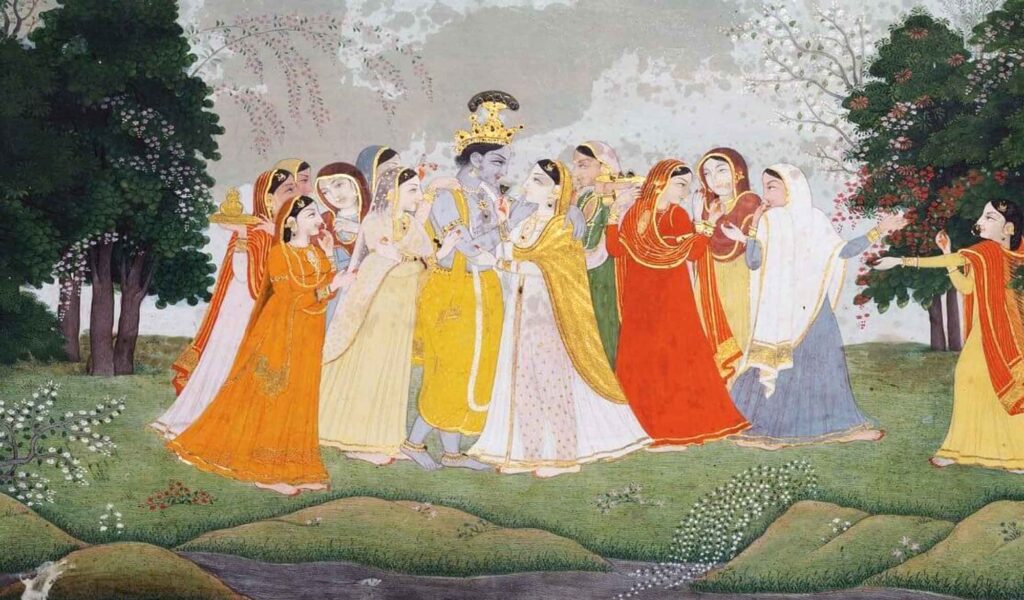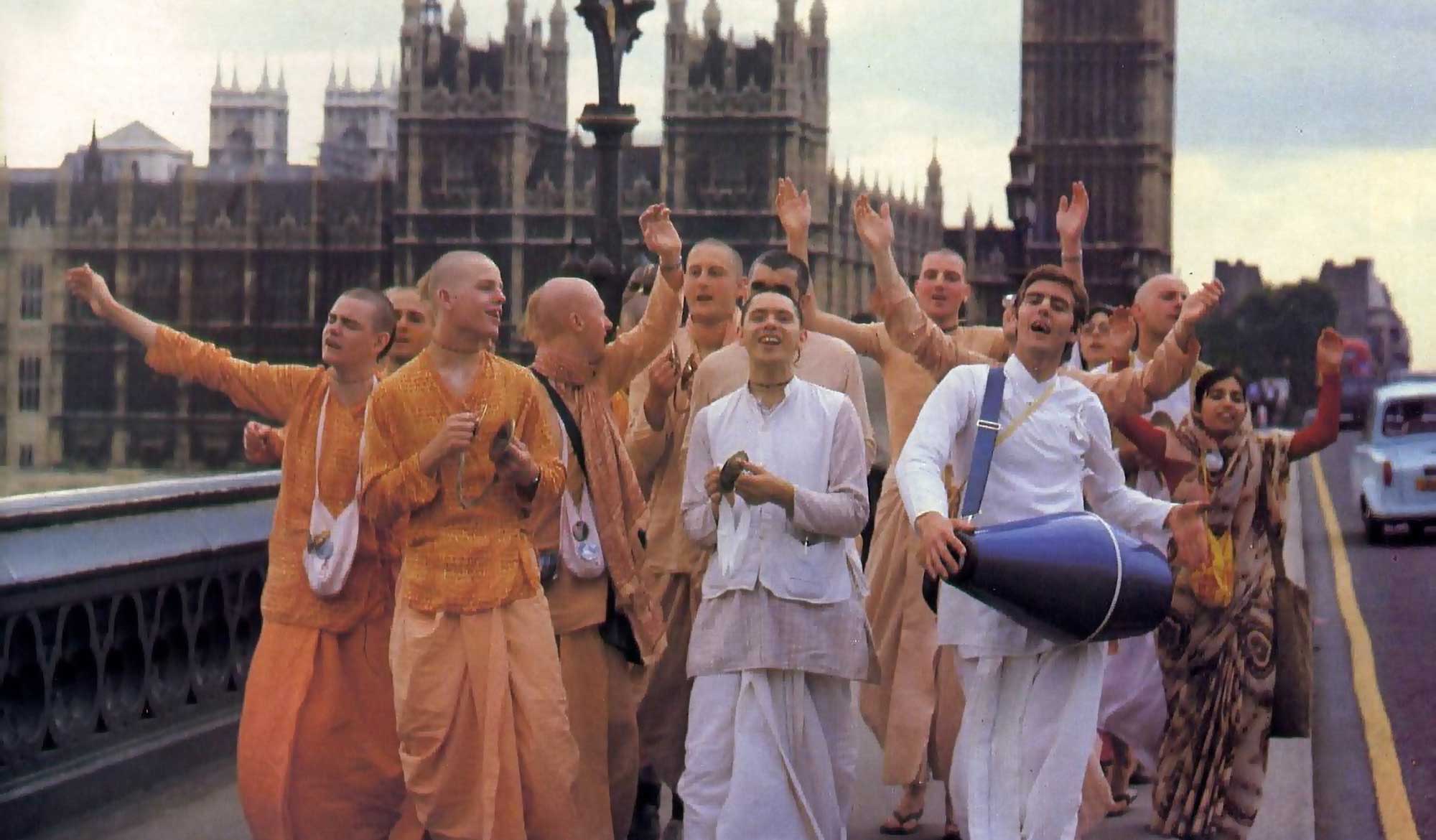Overview
Darśana-Śāstra (Philosophical Treatise) was written by Bhaktivinoda Ṭhākura in 1895 for Sajjana-Toṣaṇi, Vol.7. Issue 1. In this short article, Bhaktivinoda discusses the link between the Six Darśanas of India and the philosophies of the Ancient Greeks. He also briefly discusses the origins of Egyptian mummification.
(translated by Swami B.V. Giri)
The darśana–śāstra was born in India, of this there is no doubt. Although darśana (philosophy) is in fact multifaceted, through deliberation, gross and subtle matters (sthūla-sukṣma viṣaya) have been divided into six categories. In India these six categories are called ṣaḍ–darśana. These six darśanas were respected in Greece. Through intensive research, Professor Garbe of Prussia has ascertained that Aristotle was a follower of Gautama’s Nyāya-śāstra, Thales was a follower of Kanāda’s Vaiśeṣika–śāstra, Socrates was a follower of Jaimini’s Mīmāṁsā-śāstra, Plato was a follower of Vyāsa’s Vedānta, Pythagoras was a follower of Kapila’s Sāṅkhya-śāstra, and Xeno was a follower of Pataṅjali’s Yoga–śāstra. It will be gradually become known when and under what circumstances all these Greek paṇḍitas came to India for education.
In the Chāndogya Upaniṣad, in the narrative of Prajāpati’s teachings to Indra and Virocana, it is clear that Virocana accepted the gross Mleccha mentality and considered this material body as the ātmā, teaching his students the system of preservation of the material body after death. Apparently, his Egyptian followers taught the practice of mummification in their homeland. In other Mleccha countries, by changing that custom a little, burial has become the general rule. As scientific śāstra develops, all these things will become clearer.













